Generally, the ideal time to travel to Hoi An is during the dry season, when the weather is pleasant and the bougainvillea blooms brilliantly along the ancient streets — perfect for sightseeing and photography. On the other hand, if you prefer a quieter and more nostalgic Hoi An, consider visiting during the rainy season. The small streets take on a soft, melancholic charm under the gentle rain, creating a calm and reflective atmosphere. In this article, let’s join FVG Travel to explore the most beautiful seasons to visit Hoi An in more detail.
Overview of Hoi An’s Weather and Climate
So, when is the best season to explore Hoi An? Previously part of Quang Nam Province, Hoi An is now under the administration of Da Nang City. The city features a typical tropical monsoon climate, with an average temperature of about 25.6°C. Its weather is clearly divided into two distinct seasons:
- Dry season (from February to August): This is the ideal time to visit, with sunny skies, minimal rainfall, and favorable conditions for outdoor activities and cultural experiences. It’s also the peak tourist season, attracting both domestic and international visitors.
- Rainy season (from October to December): Considered the low season due to frequent rains, this period may not be ideal for outdoor sightseeing but offers a unique sense of tranquility and timeless charm.
- Transitional months (January and September): The weather can be unpredictable, with occasional rain mixed with gentle sunshine — a great time for travelers who want to experience a more peaceful side of Hoi An.
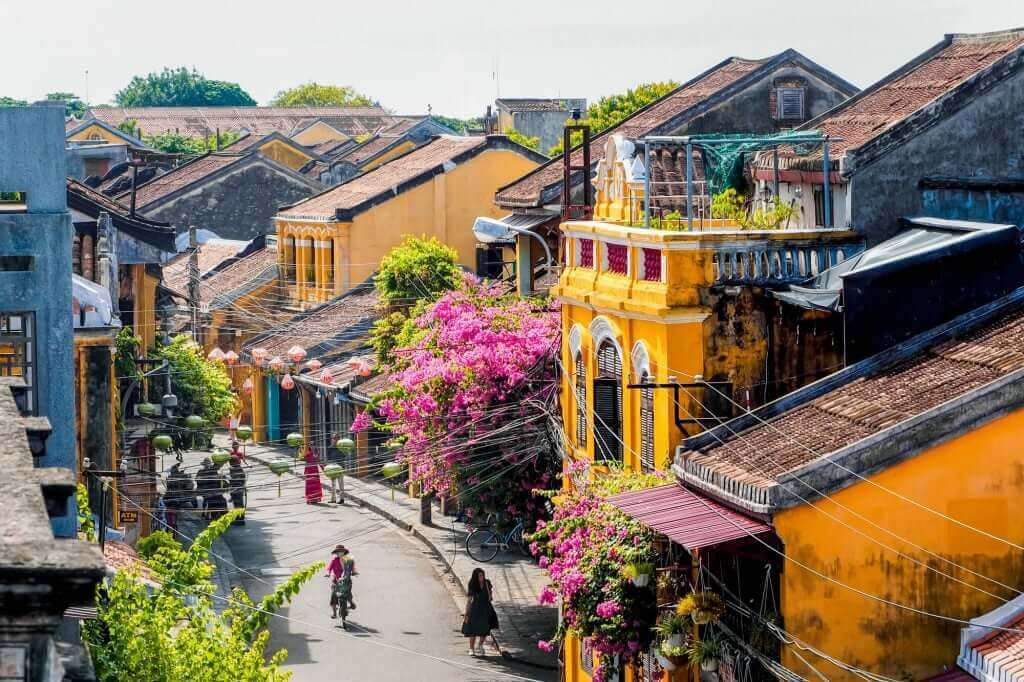
Travel Tips for Visiting Hoi An During the Dry Season
Weather in Hoi An's Dry Season
Hoi An’s dry season typically lasts from February to August, with average temperatures ranging from 30 to 33°C. During this time, the weather is extremely pleasant—clear blue skies, plenty of sunshine, and very little rain-making it ideal for outdoor activities. So, if you're wondering "What is the best time to visit Hoi An?", the dry season is definitely a top choice for sightseeing, beach outings, and fun experiences.
Top Things to Do in Hoi An During the Dry Season
- Take a Boat Ride on the Hoai River at Night: A must-do activity when visiting Hoi An in the dry season. As you drift along the Hoai River, you'll witness the Old Town sparkling with lantern lights, and you can float flower lanterns to wish for peace and good luck.
- Cycle Through the Ancient Town: During the dry season, the colorful bougainvillea blooms beautifully across the old alleyways. It's a perfect photo spot and also a chance to truly experience the nostalgic charm of Hoi An.
- Swim and Snap Photos at An Bang Beach: With its clear blue water, gentle waves, and golden sunshine, An Bang Beach is the perfect place to enjoy sunrise or sunset by the sea. You can swim, try out water sports, or simply take stunning check-in photos that capture the essence of Hoi An.
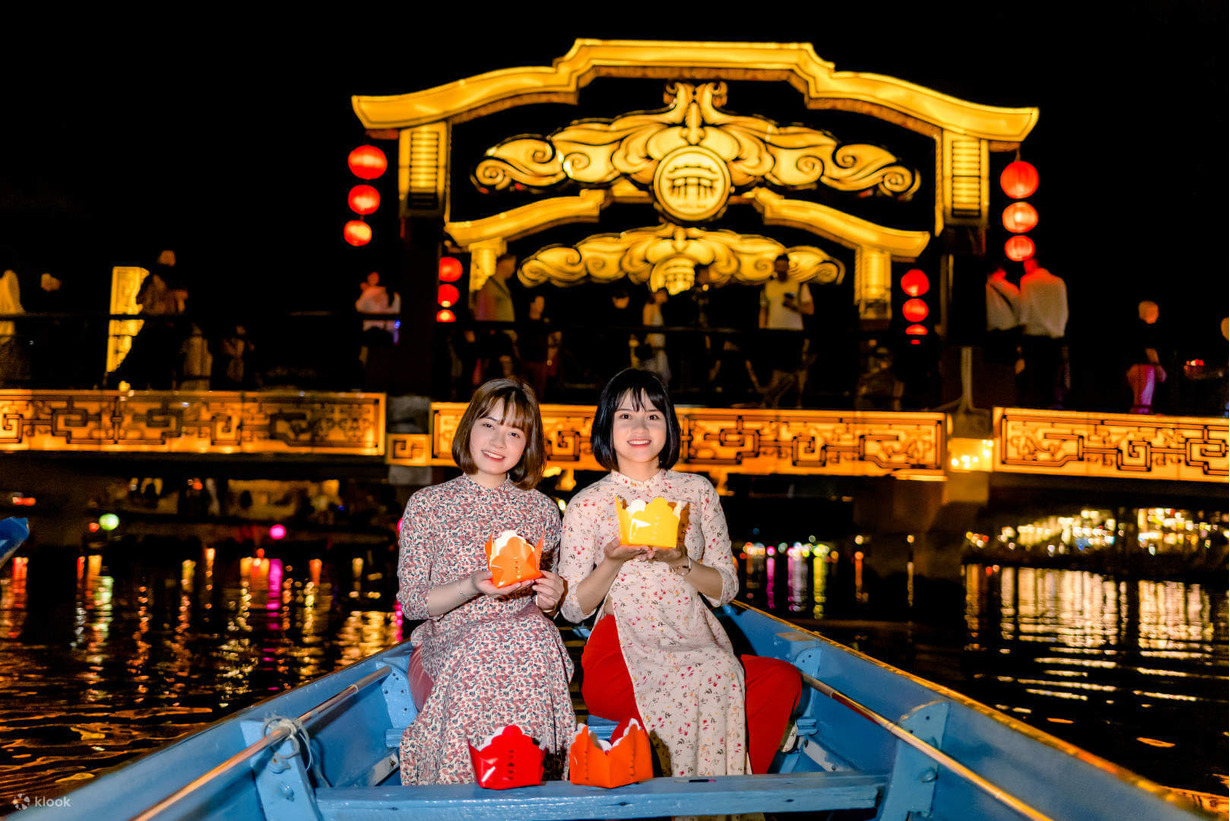
Things to Keep in Mind When Visiting Hoi An During the Dry Season
- Intense sunlight: Hoi An’s dry season, from February to August, often features long hours of sunshine, sometimes quite harsh. Be sure to pack essentials like a hat, sunglasses, sunscreen, and a light jacket to protect your health while exploring.
- Crowded tourist spots: The dry season is also the peak travel time in Hoi An. Popular attractions, restaurants, cafes, and entertainment areas can become crowded, leading to long lines and less personal space.
- Higher travel costs: Due to increased demand, prices for accommodations, dining, and entrance tickets tend to rise. It's best to plan your trip early and make reservations in advance to avoid fully booked services or last-minute price hikes.
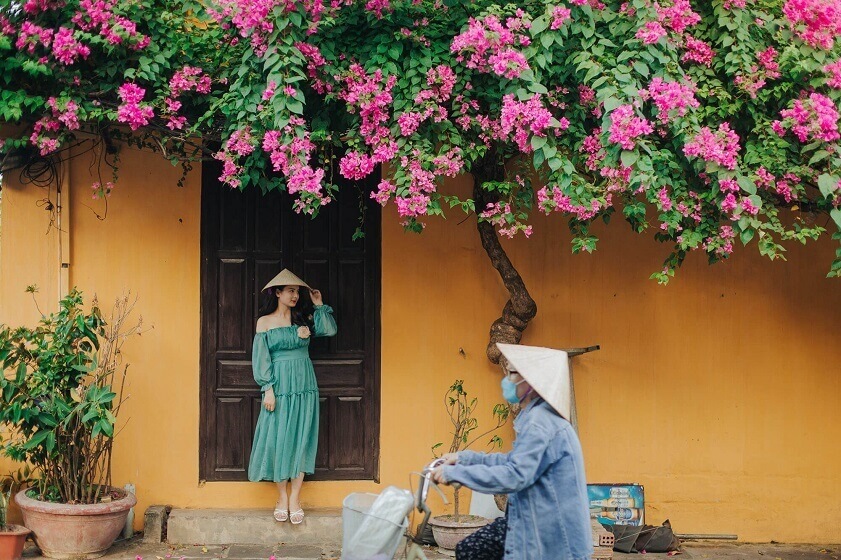
Travel Tips for Visiting Hoi An During the Rainy Season
Weather in Hoi An’s Rainy Season
Hoi An enters the rainy season from late September, with peak rainfall occurring in October and November. During this time, the weather is cool and damp, with average temperatures ranging from 18–23 °C. Light rain often lasts throughout the day, bringing with it the earthy scent of soil and plants, creating a peaceful and refreshing atmosphere - perfect for a relaxing getaway.
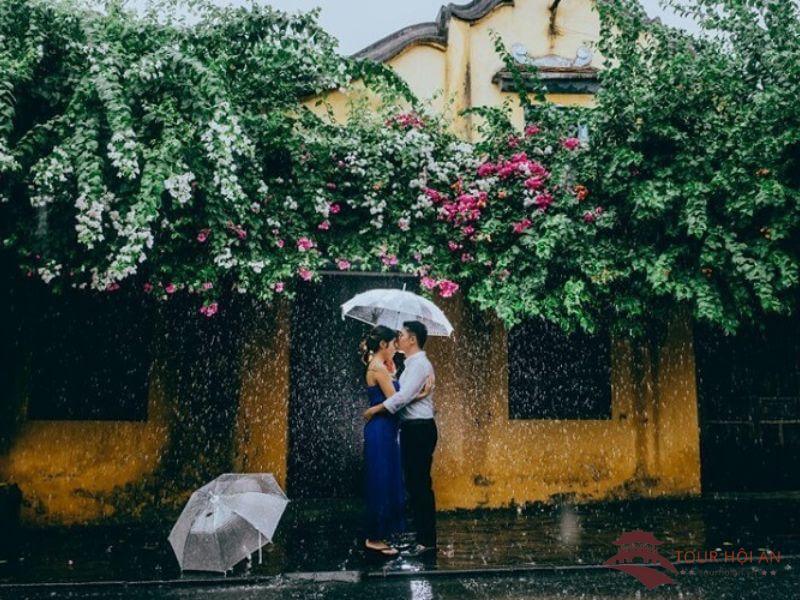
Must-Try Experiences When Visiting Hoi An During the Rainy Season
Many people think that traveling to Hoi An in the rainy season is "not interesting." However, the ancient town during this time offers a unique, serene charm that's worth discovering:
- Relax at a Hoi An café: Find a cozy café with a view of the old town or the gentle rain outside, sip on a hot cup of coffee, and enjoy the calming music — a perfect way to unwind.
- Take photos in quiet alleys: Light rain adds a poetic touch to Hoi An’s narrow alleys. The soft light reflecting off the ancient walls and raindrops on leaves create unexpectedly beautiful photo backdrops.
- Go on a rainy-season food tour: The cooler weather makes it easier to enjoy local specialties like cao lầu, mi Quang, or the famous Phuong’s banh mi — all without the long lines typical of peak tourist seasons.
- Visit Hoi An’s ancient houses: Exploring these historical homes in the cool, slightly damp air offers a peaceful, immersive way to experience the culture and heritage of the old town.
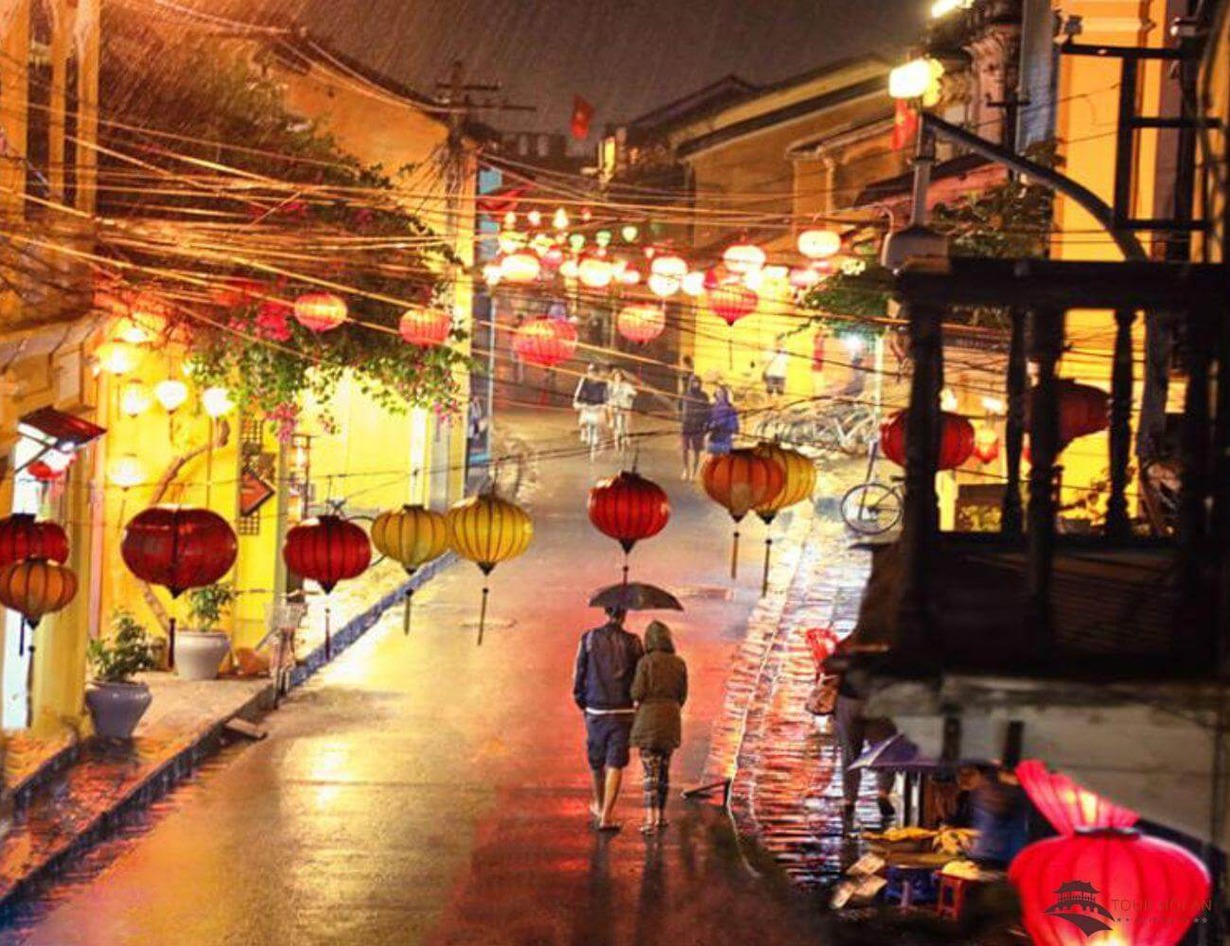
Tips for Traveling to Hoi An During the Rainy Season
- Clothing and accessories: It’s best to pack long-sleeved clothing and a windbreaker to stay warm, along with a raincoat, umbrella, waterproof phone pouch, and non-slip footwear to ensure safety while moving around.
- Medication: Don’t forget to bring basic medications such as cold medicine, pain relievers, digestive aids, allergy medicine, or motion sickness tablets in case of sudden weather changes.
- Getting around: When exploring the Ancient Town, walking is recommended to easily navigate the small alleys and stay safe—especially on rainy days. Avoid using motorbikes or bicycles, as roads may become slippery or flooded.
The Beauty of Hoi An Through the Seasons
Hoi An in Spring
Spring (February to April) is considered the best time to visit Hoi An. The weather is cool and fresh, with average temperatures ranging from 18°C to 26°C-perfect for sightseeing, exploring the old town, and soaking in the peaceful ambiance of this heritage destination. Especially during the Lunar New Year (Tet), Hoi An becomes more magical than ever, adorned with vibrant lanterns and filled with festive spirit and traditional charm, drawing crowds of excited visitors.
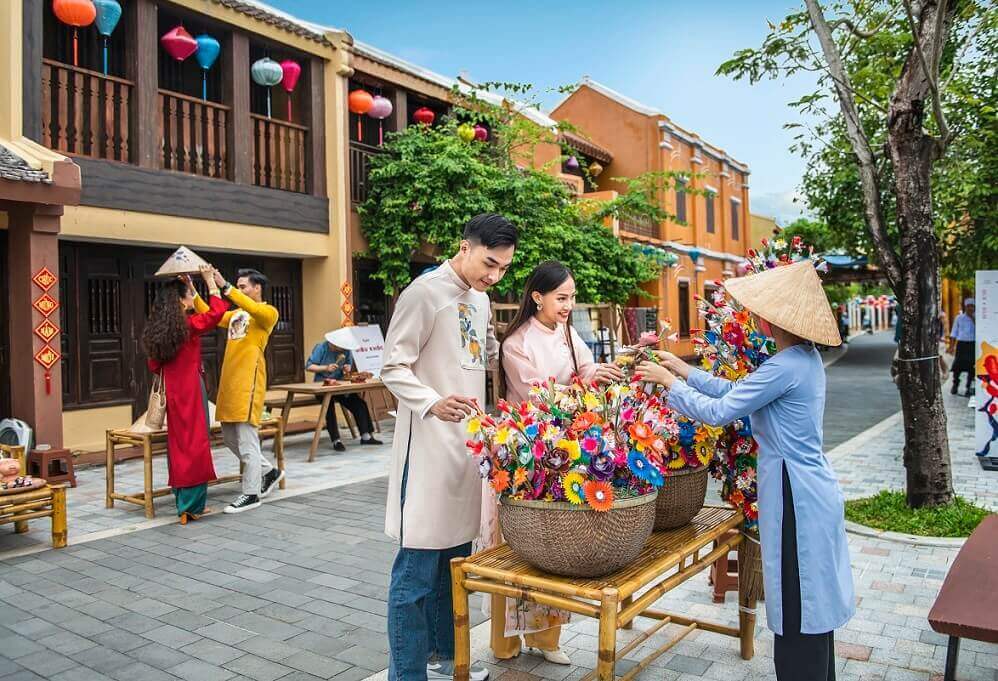
The Beauty of Hoi An in Early Summer
Wondering when is the best time to visit Hoi An? The ideal period is from April to July. This is Hoi An’s peak tourist season, featuring pleasant weather with temperatures ranging from 26–31 °C, clear skies, minimal rainfall, and milder sunlight compared to other central regions.
This season is perfect for exploring the peaceful ancient town, relaxing by the Thu Bon River, or enjoying the beautiful beaches of Quang Nam. However, as it is a busy time, service costs may be higher than usual. To ensure a smooth and fulfilling trip, it’s recommended to plan ahead and book your accommodations, transportation, and activities in advance.
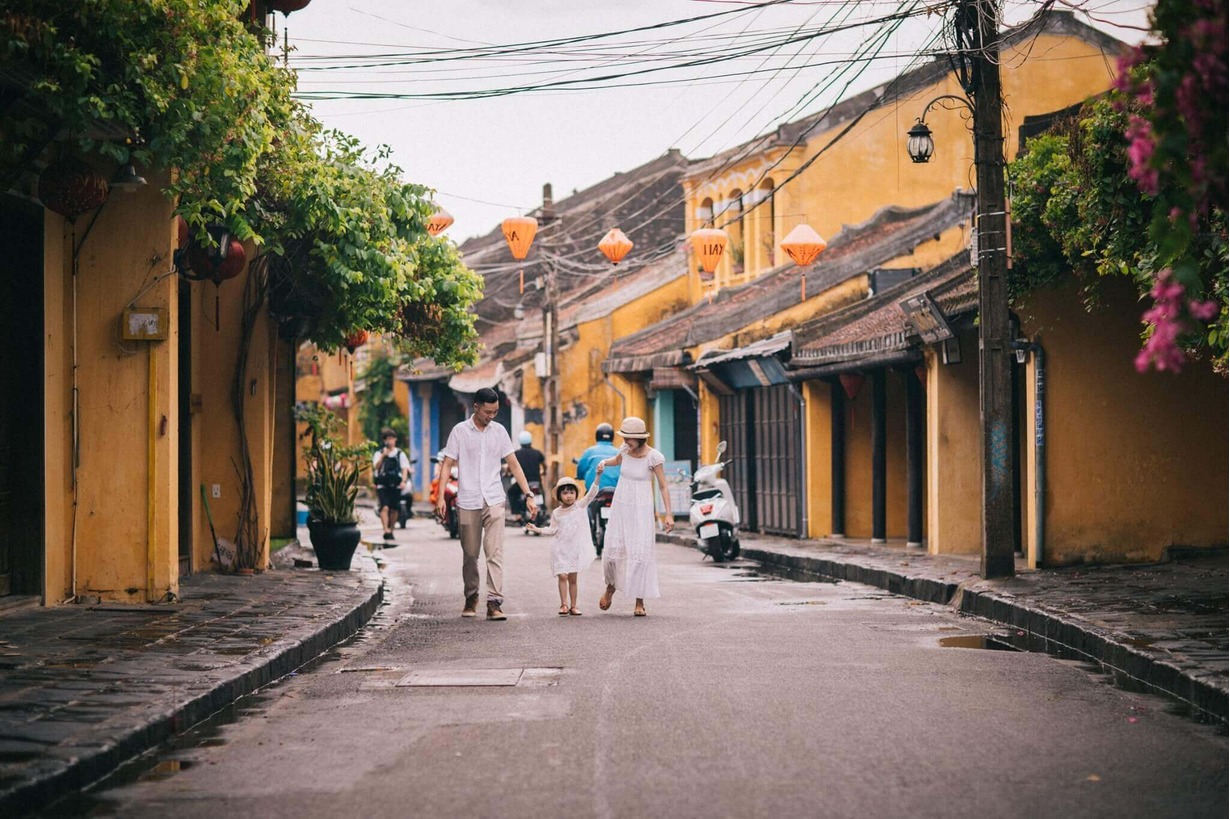
Autumn in Hoi An
Autumn in Hoi An typically lasts from August to October, when the weather becomes milder, with temperatures ranging from 25°C to 28°C. The cool breeze and occasional light rain bring a calm, poetic charm to the ancient town. Especially during the Mid-Autumn Festival, Hoi An becomes even more enchanting with countless colorful lanterns lighting up the streets, offering visitors a uniquely vibrant and memorable cultural experience.
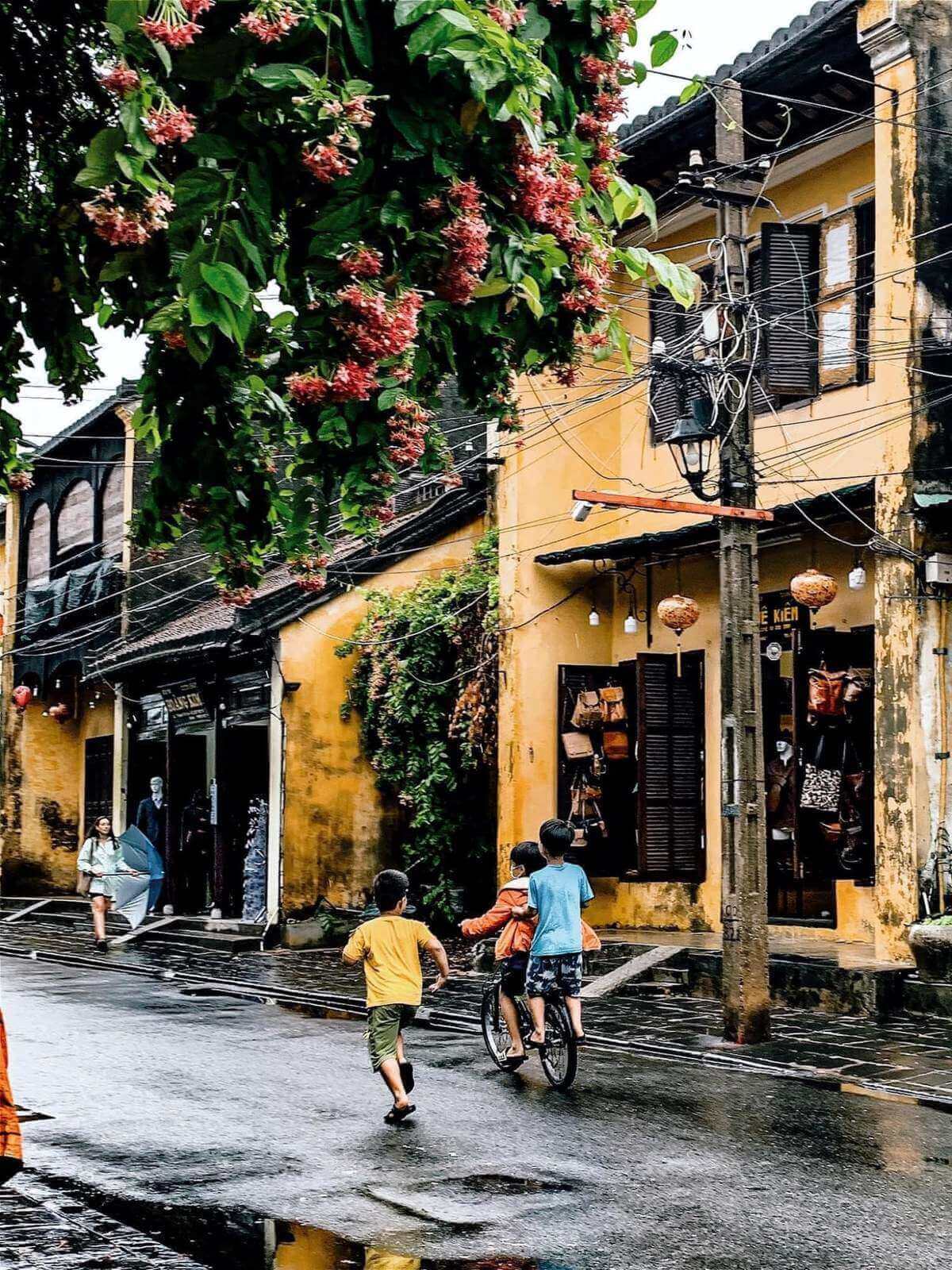
A Peaceful Winter in Hoi An
Winter in Hoi An, from November to January, marks the rainy season, with temperatures ranging from 18°C to 23°C. Although the weather can be damp, the rain brings a quiet, nostalgic charm to the ancient town - perfect for those seeking relaxation and a break from the hustle and bustle of daily life. Especially in December and January, visitors can enjoy the gentle chill in the air and immerse themselves in the festive atmosphere as the town prepares for the traditional Lunar New Year.
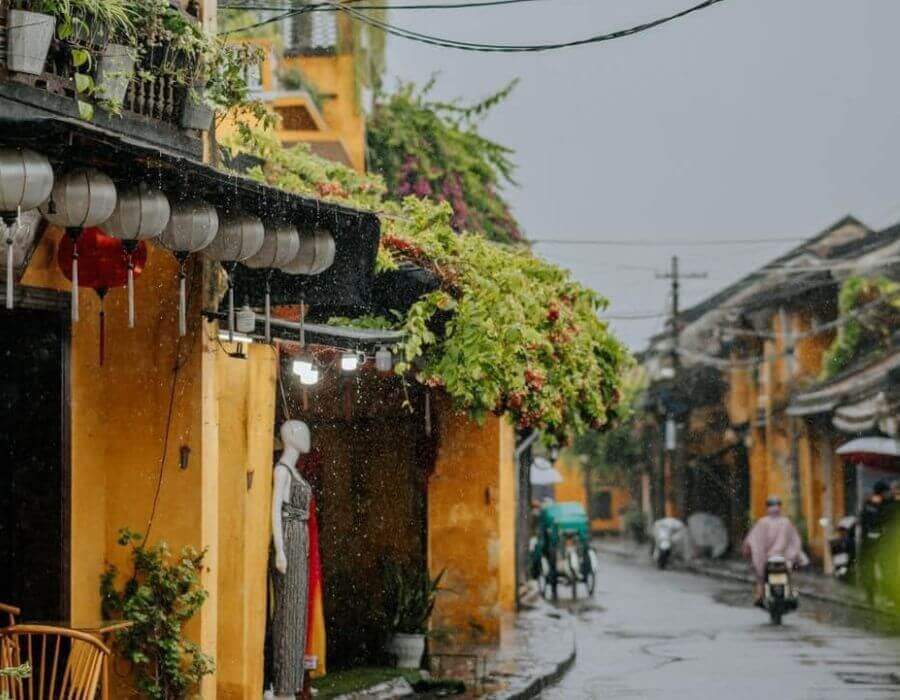
What Is the Best Time of Day to Visit Hoi An? Suggested Itineraries
The ideal times to explore the ancient town of Hoi An are early in the morning (around 6:00–9:00 AM) or in the evening after 9:00 PM. These are the quietest moments of the day, with fewer tourists, allowing you to fully appreciate the town’s timeless beauty. In the morning, soft sunlight filters through the tiled roofs, creating a perfect scene for photography. At night, the streets glow with the light of hundreds of colorful lanterns, creating a magical atmosphere.
In addition, FVG Travel suggests a few itinerary options you can consider:
1-Day Hoi An Trip
Itinerary 1:
- Morning: Wander the ancient town, explore hidden alleys, heritage houses, and assembly halls.
- Afternoon: Enjoy the sea breeze and sample some street food.
- Evening: Savor authentic cao lầu, admire the shimmering lantern-lit streets, and take part in a floating lantern ceremony on the Hoai River.
Itinerary 2:
- Morning: Visit Tra Que vegetable village.
- Afternoon: Stop by Thanh Ha pottery village and learn about traditional pottery-making processes.
- Evening: Explore ancient houses, assembly halls, and enjoy a romantic lantern release along the river.
Itinerary 3:
- Daytime: Taste Hoi An’s signature dishes and discover its unique culinary culture.
- Evening: Play traditional Bài Chòi folk games, visit the night market, admire the riverside lanterns, and capture beautiful photos.

2-Day Hoi An Itinerary
Day 1:
- Stroll through the ancient town, explore every corner, and admire the architecture of assembly halls and old houses.
- Savor local dishes like cao lầu, banh mi, sweet soup with smashed rice crackers (chè bánh đập), enjoy traditional Bài Chòi games, and release floating lanterns on the Hoai River at night.
Day 2:
- Morning: Relax by the sea at An Bang or Cua Dai Beach.
- Afternoon: Check in at a countryside café surrounded by peaceful rice fields — a quiet, picturesque setting that captures the essence of Hoi An.
3-Day, 2-Night Hoi An Itinerary
Day 1: Explore every corner of the ancient town, enjoy local specialties, wander through the night market, and take part in the lantern-floating ceremony on the Hoai River.
Day 2:
- Morning: Visit Cham Islands (Cù Lao Chàm) for swimming and snorkeling.
- Afternoon: Return to the mainland and have fun at VinWonders Nam Hoi An, with spectacular cultural shows and entertainment.
Day 3:
- Breathe in the fresh sea air at Cua Dai or An Bang Beach.
- Before noon, return to town to shop for Hoi An specialties to bring home as gifts.

Where to stay when visiting Hoi An?
In addition to choosing the best season to visit Hoi An, selecting the right hotel also plays a key role in making your trip more enjoyable. Fivitel Hoi An is an ideal option for you — this 4-star hotel offers a modern, luxurious space along with professional service. Especially convenient is its location near the Ancient Town, making it easy to travel between popular spots.


We hope the insights shared in this article have helped answer your question about the best time to visit Hoi An and guided you in choosing the ideal season for your upcoming trip. Each season in Hoi An has its own unique charm - as long as you keep an eye on the weather and plan accordingly, your journey is sure to be fulfilling and filled with unforgettable memories.








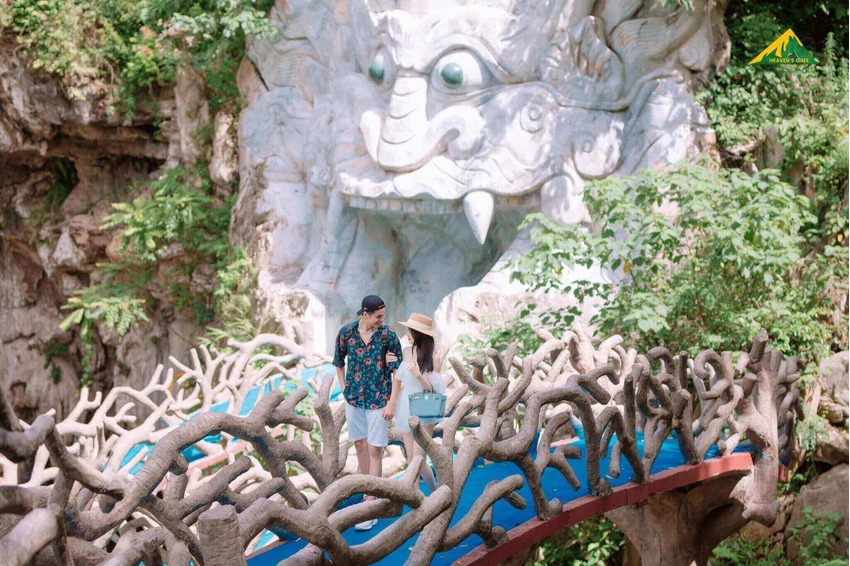





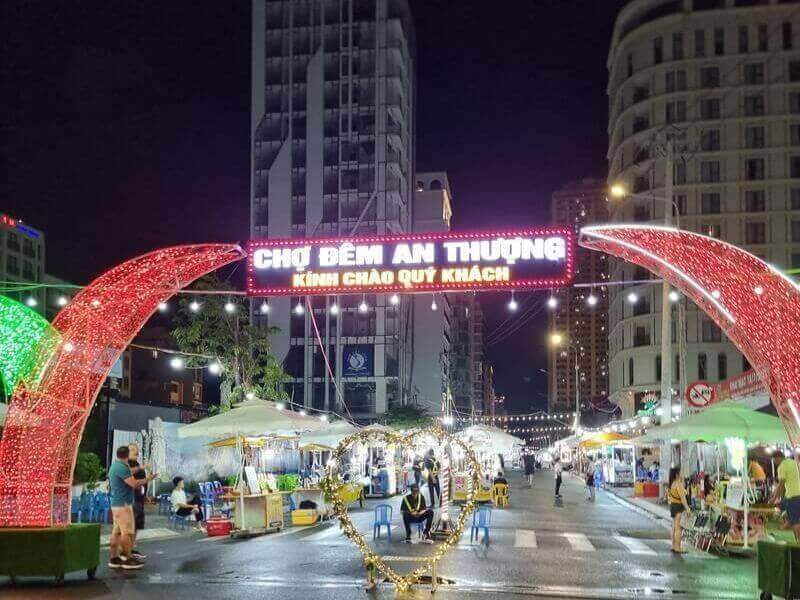


 Loading ...
Loading ...